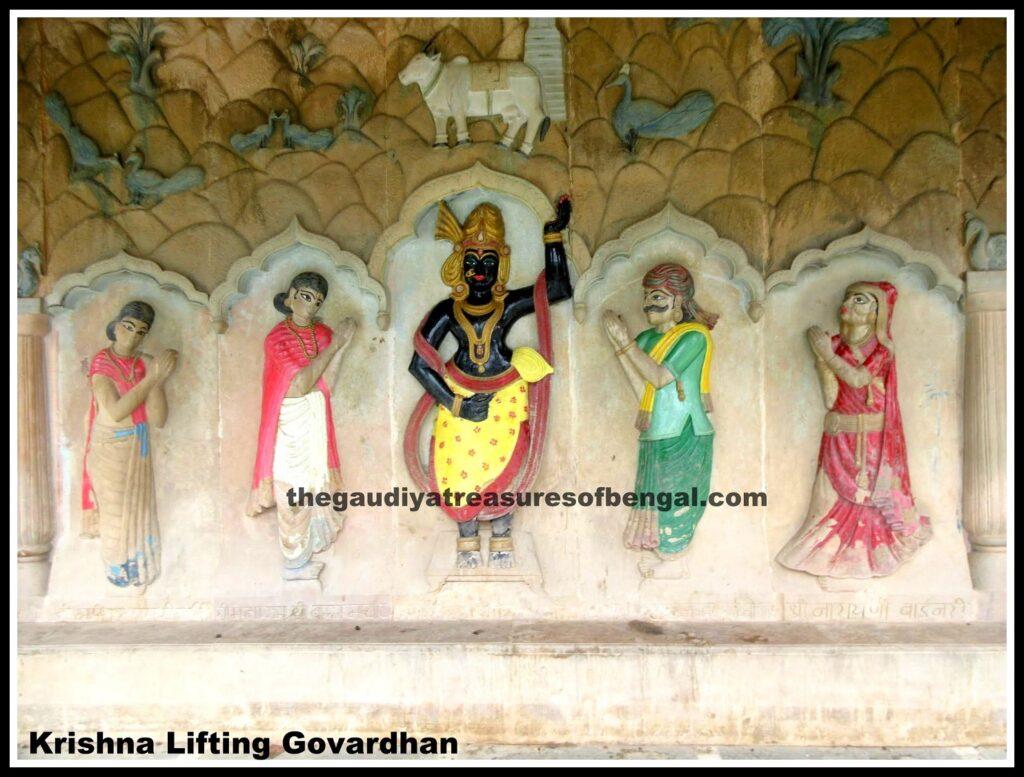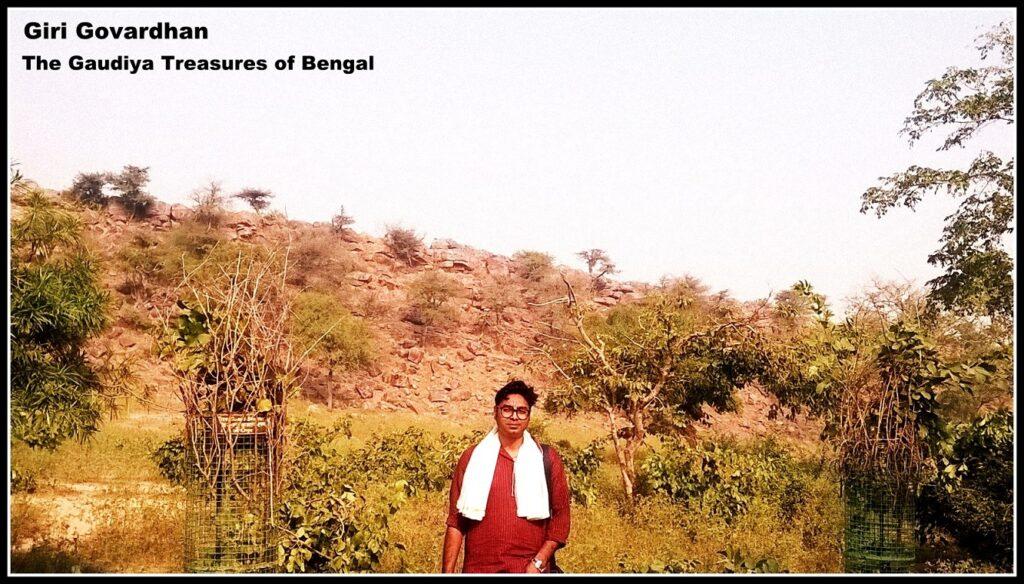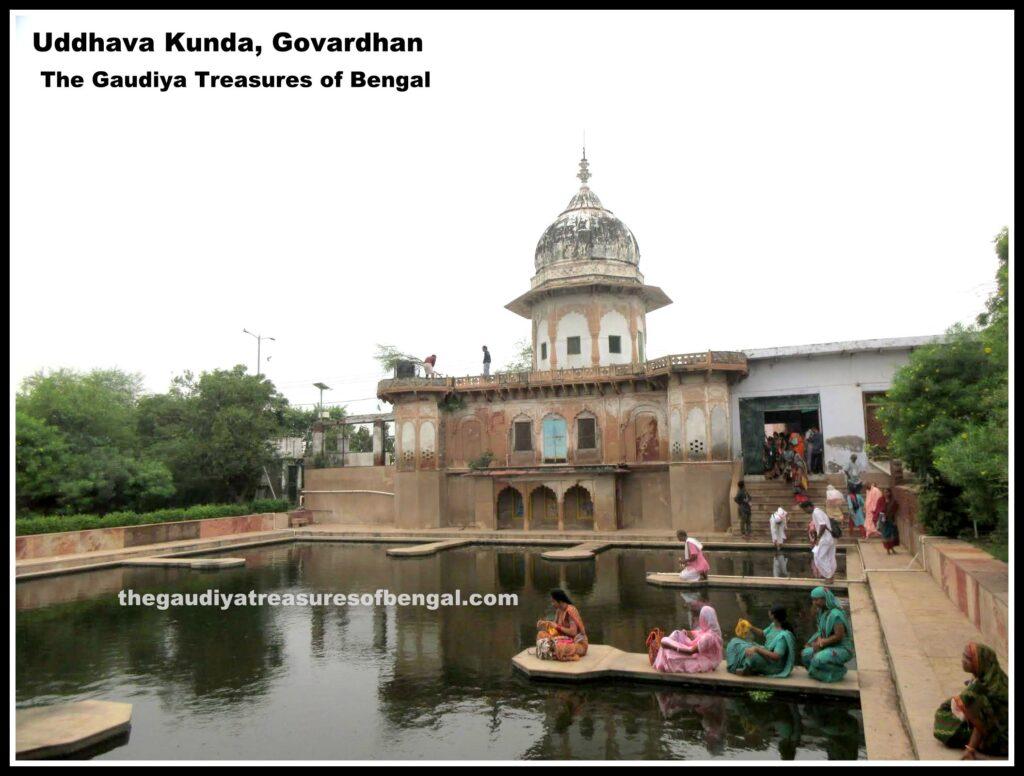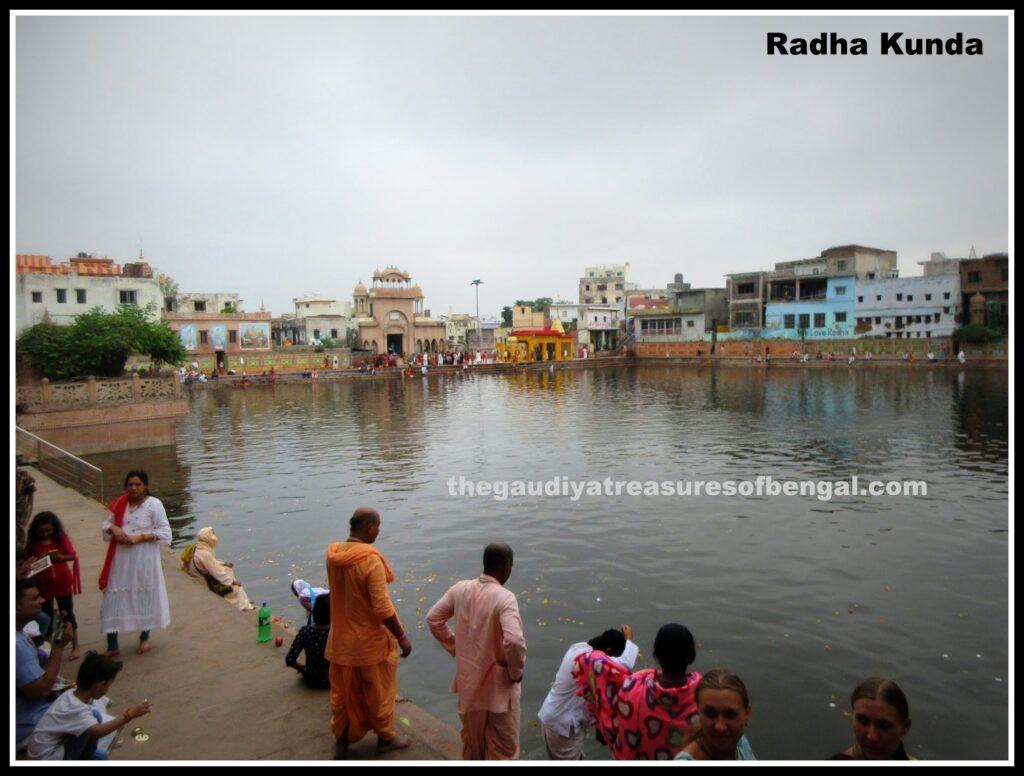
Embarking on the sacred Govardhan Parikrama is a profoundly auspicious act, as it serves as a reverential offering to Radha and Krishna. The Govardhan Parikrama encompasses an approximate distance of 23 kilometers. In the sacred scripture, Srimad Bhagavatam, it is recounted how Lord Krishna instructed the Vrajavasis to worship the resplendent Govardhan Hill. Among the essential aspects of this worship was the practice of circumambulating the majestic hill by the gopas and gopis, an act that immensely delighted Lord Sri Krishna. Indeed, the path to true perfection lies in treading the footsteps of illustrious souls. Sri Chaitanya Mahaprabhu, during His visit to Vrindavan, personally embarked on the Govardhan Parikrama. With an exalted vision, He perceived each and every stone of Govardhan Hill as inseparable from the divine form of Lord Krishna. Even Madhavendra Puri, a revered saint, performed this sacred circumambulation. Great devotees such as Ishwara Puri, Nityananda Prabhu, and Adwaita Acharya expressed their deep devotion by encircling Sri Govardhan with utmost reverence. The six Goswamis, luminous figures in the devotional tradition, considered the Govardhan Parikrama an integral part of their spiritual practices. Raghunath Das Goswami resided near Radha Kunda, situated at the foothills of Govardhan. Even in his advanced years, Sanatana Goswami diligently performed the Govardhan Parikrama daily while residing at Manasi Ganga near the Chakleshwar Mahadev temple. Similarly, other eminent Vaishnavas like Narottama Das Thakur and Srinivas Acharya undertook the sacred Govardhan Parikrama. Vishwanath Chakravarty Thakur found solace near the vicinity of Govardhan Hill, and revered personalities such as Srila Bhakti Siddhanta Sarasvati and Bhaktivinoda Thakur also had their abodes in close proximity to Govardhan. Bhaktivedanta Swami Prabhupada, Founder acharya of Iskcon, expressed his final desire to be taken on a Parikrama of Govardhan, thus emphasizing the immense sanctity and importance of this worship. The dust beneath our feet as we walk upon Govardhan Hill is not merely the sanctified soil of Vraja Mandala; it is also adorned with the sacred particles from the lotus feet of these divine personalities. It is said that in Vrindavan, there exist three profoundly purifying elements for the heart – the dust of Vraja, the sacred Yamuna, and the majestic Govardhan. This article delves into the hallowed destinations encountered during the sacred Govardhan Parikrama.



